Wondering how to train your puppy at home effectively while managing the challenges of house training and puppy behavior? Training a puppy requires patience, consistency, and clear guidance to build strong habits right from the start. This step-by-step house training guide will help you understand how to house train a puppy successfully, stop common issues like biting, and create a smooth training experience that benefits both you and your furry friend. Let’s break down the essential steps to get you started on the right paw.
Understanding the Basics of How to Train Your Puppy at Home
Why House Training Matters
House training is fundamental for a happy household and a well-adjusted puppy. Teaching where and when your puppy should eliminate prevents accidents, protects your home, and establishes the foundation for further training. Early training enhances your puppy’s routine and strengthens your bond.
Setting Realistic Expectations
Puppies have small bladders and limited control, so patience is key. Accidents will happen, but consistent routines and supervision will help your puppy learn faster. Understanding their developmental stage will keep your expectations in check and ensure you celebrate progress, no matter how small.
Creating a Consistent House Training Schedule
Key Times to Take Your Puppy Out
Establishing a regular potty schedule is crucial in learning how to house train a puppy. Take your puppy outside at predictable intervals to encourage elimination in the right spot.
- First thing in the morning
- After meals and water intake
- After play sessions or naps
- Before bedtime and during the night if needed
- Every 1-2 hours during awake periods
Monitoring and Recognizing Puppy Signals
Learn to spot signs your puppy needs to go, such as sniffing, circling, restlessness, or whining. Promptly responding to these cues will reduce accidents and teach your puppy effective communication.
Using Positive Reinforcement and Supervision
Rewarding Good Behavior
Praise and treats encourage your puppy to repeat desired behaviors. Immediately reward your puppy after they eliminate outside to associate the action with positive outcomes.
Supervising to Prevent Accidents
Keep your puppy within sight to catch early signals of needing to go. If unsupervised, confine them to a small, safe area or crate where accidents are less likely. This prevents unwanted habits and helps in learning.
How to Stop a Puppy from Biting During Training
Understanding Why Puppies Bite
Biting is a natural behavior for puppies exploring their environment or playing. However, teaching bite inhibition early prevents problems as your puppy grows.
Effective Strategies to Curb Biting
- Redirect biting to appropriate chew toys
- Use a firm "no" or yelp sound to indicate discomfort
- Withdraw attention briefly when biting occurs
- Reward gentle play and calm behavior
Cleaning Up Accidents and Preventing Repeat Mistakes
Proper Accident Cleanup
Use enzymatic cleaners to completely eliminate odors that encourage repeat soiling in the same spot. Avoid punishments after accidents, as puppies do not connect past mistakes with reprimands.
Setting Up Puppy-Safe Spaces
Confine your puppy to a small area when you can't supervise directly, helping reduce accidents. Puppy gates and crates can serve as safe spaces that support house training.
When to Gradually Give Your Puppy More Freedom
Signs Your Puppy Is Ready
After 8-12 weeks accident-free, your puppy may be ready for increased freedom. Continue supervision as you expand their roaming space.
Maintaining Consistency as Freedom Increases
Keep the established routines and rules consistent even when your puppy explores more areas to prevent setbacks.
Troubleshooting Common House Training Challenges
Dealing with Frequent Accidents
Reassess your schedule, supervision, and cleanup methods. Consult a vet if medical issues are suspected.
Handling Reluctance to Eliminate Outdoors
Try changing the potty location or making outdoor trips more enjoyable with toys or praise.
Knowing how to train your puppy at home requires patience, consistency, and positive reinforcement. By establishing a clear house training schedule, supervising closely, addressing biting behavior early, and properly managing accidents, you’ll set your puppy up for long-term success. To learn more about effective puppy training techniques and products that support your journey, explore our [puppy training supplies](https://example.com/puppy-training-products) and resources designed for new pet parents.
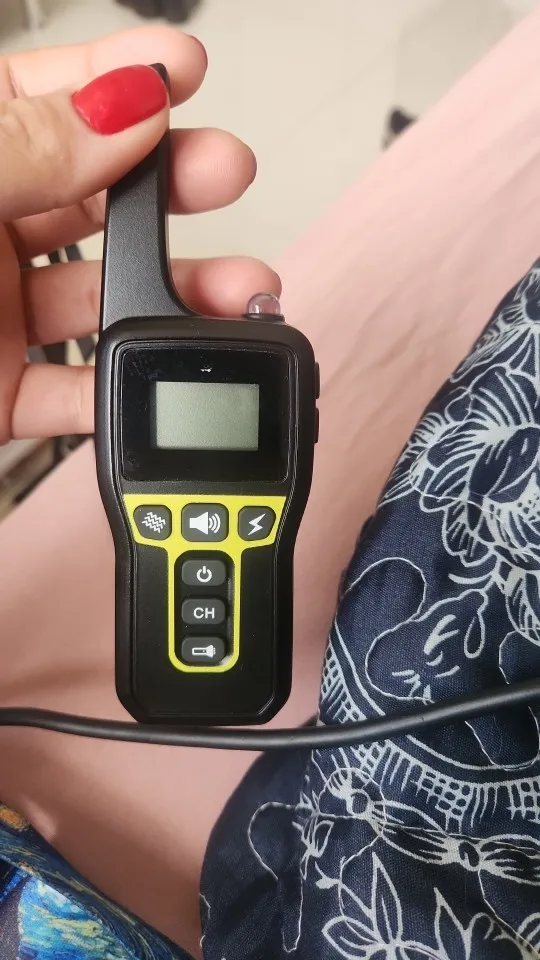
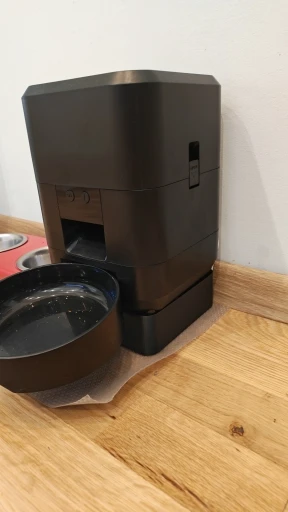
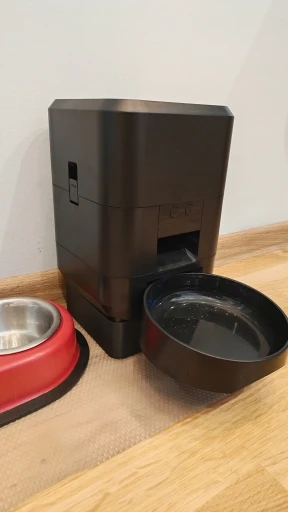
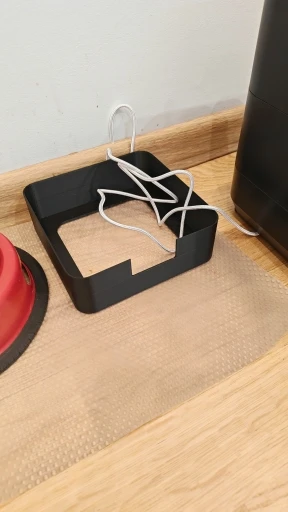
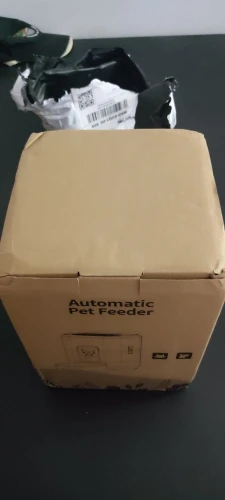
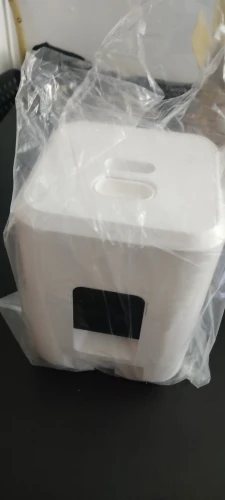
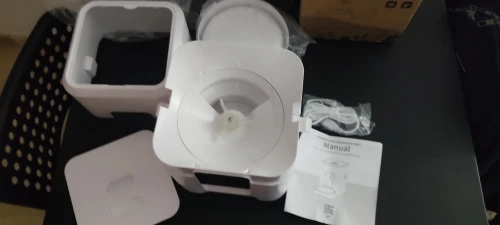
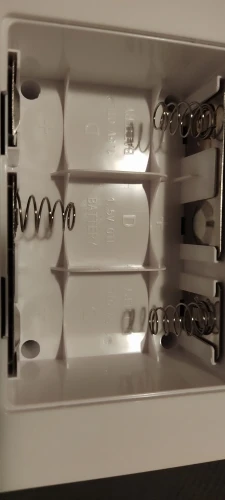
0 kommentarer